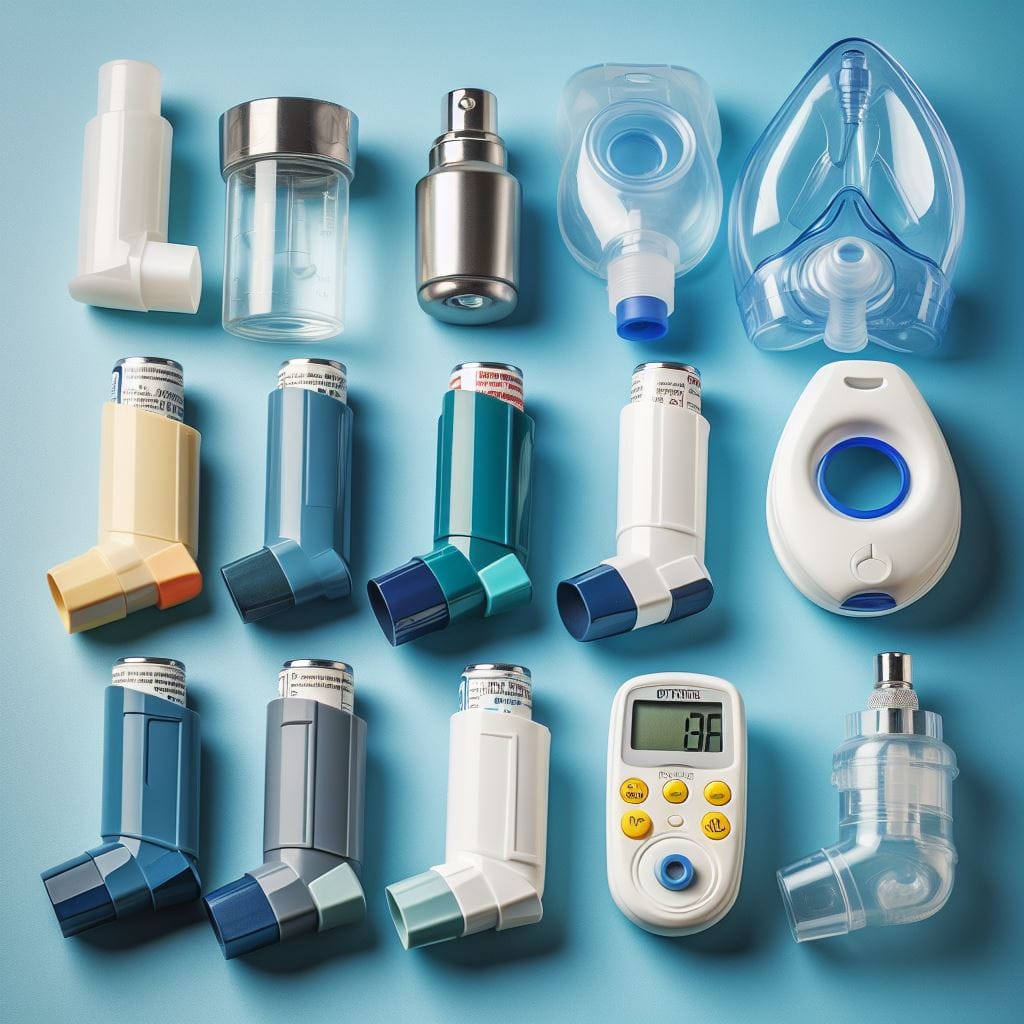
Asthma is a chronic condition affecting the airways. It’s a global health concern, with millions worldwide suffering from its debilitating effects. Fortunately, science and medicine have provided us with a variety of inhalers designed to alleviate the symptoms and manage this condition. In this article, we delve into the world of asthma and explore the different inhalers available, their uses, and how they can bring relief to asthma sufferers.
What is Asthma?
Asthma is a chronic disease that causes inflammation and narrowing of the bronchial tubes, the passageways that allow air to enter and leave the lungs. Individuals with asthma experience periods of wheezing, chest tightness, shortness of breath, and coughing. Asthma symptoms can be mild and go away on their own or, they can be severe and persist, leading to an asthma attack.
Related Articles
•
•
Different Types of Asthma Inhalers
There is a wide range of asthma inhalers on the market, each with its unique characteristics and uses. They are generally divided into two categories: controller inhalers used for long-term control of symptoms and rescue inhalers used for rapid relief during an asthma attack.
Controller Inhalers
The main objective of controller inhalers is to manage chronic symptoms and prevent asthma attacks. These inhalers are taken daily, whether or not symptoms are present. 1. Inhaled Corticosteroids: These inhalers help reduce inflammation in the airways. Examples include budesonide (Pulmicort) and fluticasone (Flovent). 2. Long-Acting Beta Agonists (LABAs): These inhalers open the airways by relaxing the surrounding muscles. They are often taken in combination with a corticosteroid inhaler. Examples include salmeterol (Serevent) and formoterol (Foradil). 3. Combination Inhalers: These inhalers combine a corticosteroid and a LABA. They are more convenient as they combine two medications in one device. Examples include fluticasone/salmeterol (Advair) and budesonide/formoterol (Symbicort).
Rescue Inhalers
Rescue inhalers are used to provide quick, temporary relief from acute asthma symptoms or attacks. 1. Short-Acting Beta Agonists (SABAs): These inhalers work quickly to relax the muscles around the airways. Examples include albuterol (Proventil, Ventolin) and levalbuterol (Xopenex). 2. Anticholinergics: These inhalers help to relax and open up the airways. They are often used in combination with SABAs. An example is ipratropium (Atrovent).
Choosing the Right Inhaler
The choice of an asthma inhaler is based on the severity of symptoms, frequency of asthma attacks, age, and personal response to medication. It’s necessary to work with a healthcare provider to find the most effective asthma treatment plan, which may include one or more types of inhalers.
Proper Use of Asthma Inhalers
Using an inhaler correctly is crucial for the medication to reach the lungs and work effectively. Unfortunately, many people do not use their inhalers correctly, leading to less effective treatment. Make sure to follow the instructions provided with the device, or ask a healthcare provider to show the correct technique.
Conclusion
Asthma can be a challenging and sometimes frightening condition to live with. However, with the right inhaler and proper usage, it is manageable, and individuals with asthma can lead full and active lives. Remember, it’s essential to discuss your symptoms and concerns with your healthcare provider to ensure you’re using the right inhaler and managing your condition effectively. Remember to always consult with a healthcare professional before starting any new medication or changing your current regimen. Knowledge is power when it comes to managing asthma, and understanding the different inhalers and their uses is a step in the right direction towards symptom control and improved quality of life.
